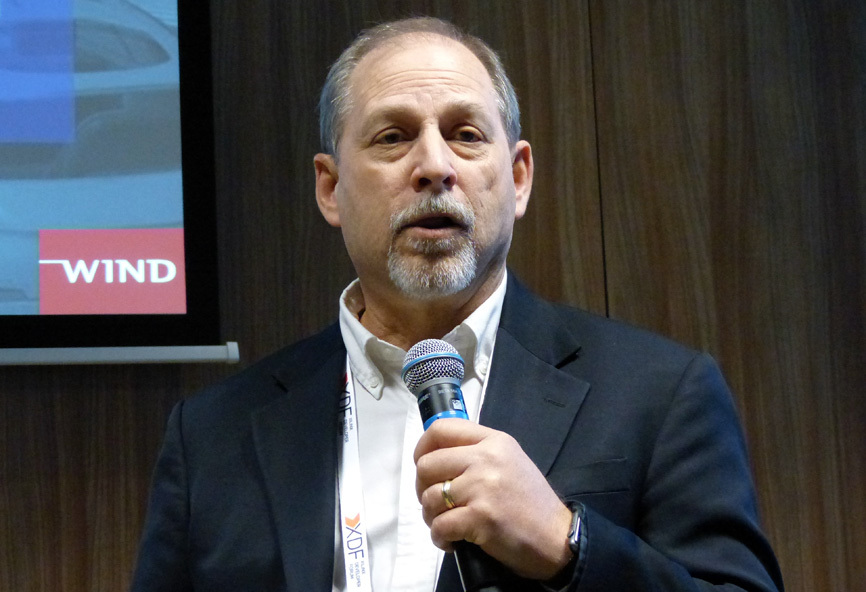Wind River and Xilinx find romance in The Hague
- November 18, 2019
- Steve Rogerson
My travels this month took me to The Hague in the Netherlands for programmable device maker Xilinx’s developers’ forum. A highlight was the news that it had teamed up with software developer Wind River to produce a platform for autonomous driving.
Founded in 1983, Wind River became known for its VxWorks real-time operating system and its liking by Nasa for an operating system for space missions, starting with the Clementine Moon probe in 1995. Today, every vehicle on Mars has Wind River software inside.
More recently though, it has been in and out of a troubled marriage. In 2008, Intel stumped up $884m to buy the company. It remained as an almost independent subsidiary until 2016, when Intel decided to integrate it fully into one of its divisions. The prospect of a lack of independence triggered divorce proceeding and last year Wind River was sold to asset fund manager TPG. Whether Intel got all its money back in the settlement is unknown.
These days, with its new found freedom, Wind River has put on a new look. Visit any of its stands at exhibitions around the world and you’d be forgiven for thinking the company was now just called Wind, as the “River” bit seems to have been dropped from its logos, though it insists the name is the same.
It has also increased its focus on the fast changing automotive market and the growing driver assistance and autonomous capabilities in vehicles, hence its new fling with fellow Californian company Xilinx. The two have climbed into bed to integrate Xilinx’s Versal adaptive compute acceleration platform, announced earlier this year, with Wind River’s automotive software.

“Wind River and Xilinx have great synergy in hardware and software,” Russ Christensen (pictured), Wind River’s director of automotive, told a scribble of journalists at the forum. “With automotive embedded software, we can think about reliability, safety and security. The combination of Xilinx and Wind River provides a nice safe platform for our customers to build on.”
Using IP from both companies, the platform aims to provide a foundation that rapidly enables and scales critical functions for automated driving applications. The platform could deliver the foundation to enable a software architecture approach needed for autonomous driving applications, and make integration nearly plug and play. The platform also provides a path to certification up to the highest Asil-D level of functional safety standard ISO 26262.
This is nothing like a marriage in the same sense that Wind River had with Intel. In fact, it is stretching it to say even that Wind River and Xilinx are going steady. But they are seriously flirting, and autonomous driving could benefit if this turns out to be more than a one-night stand.




